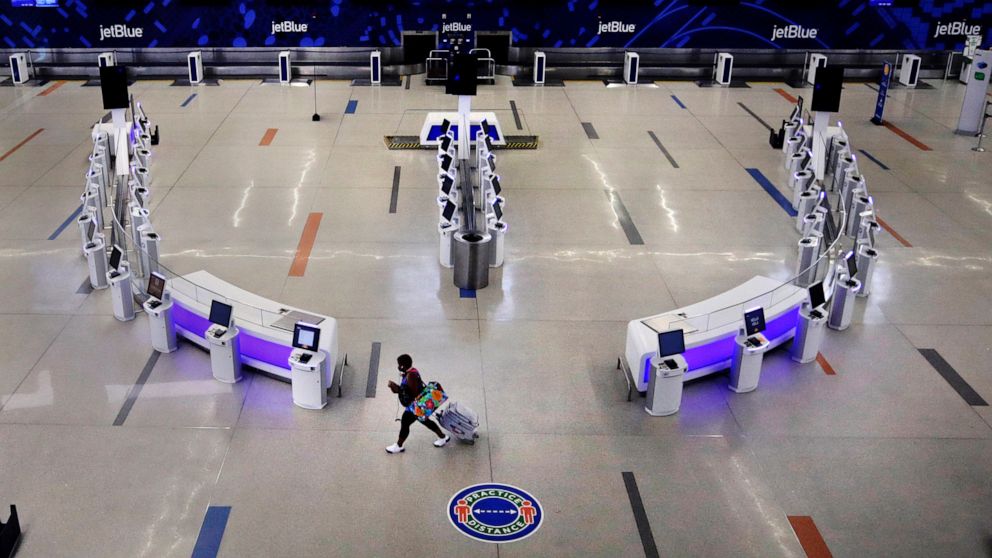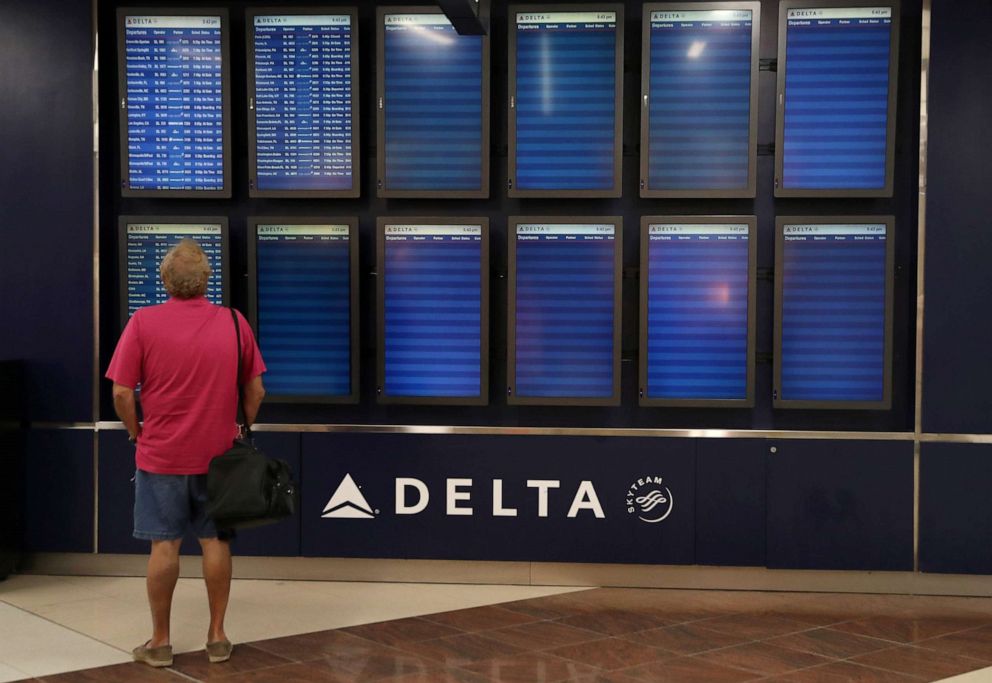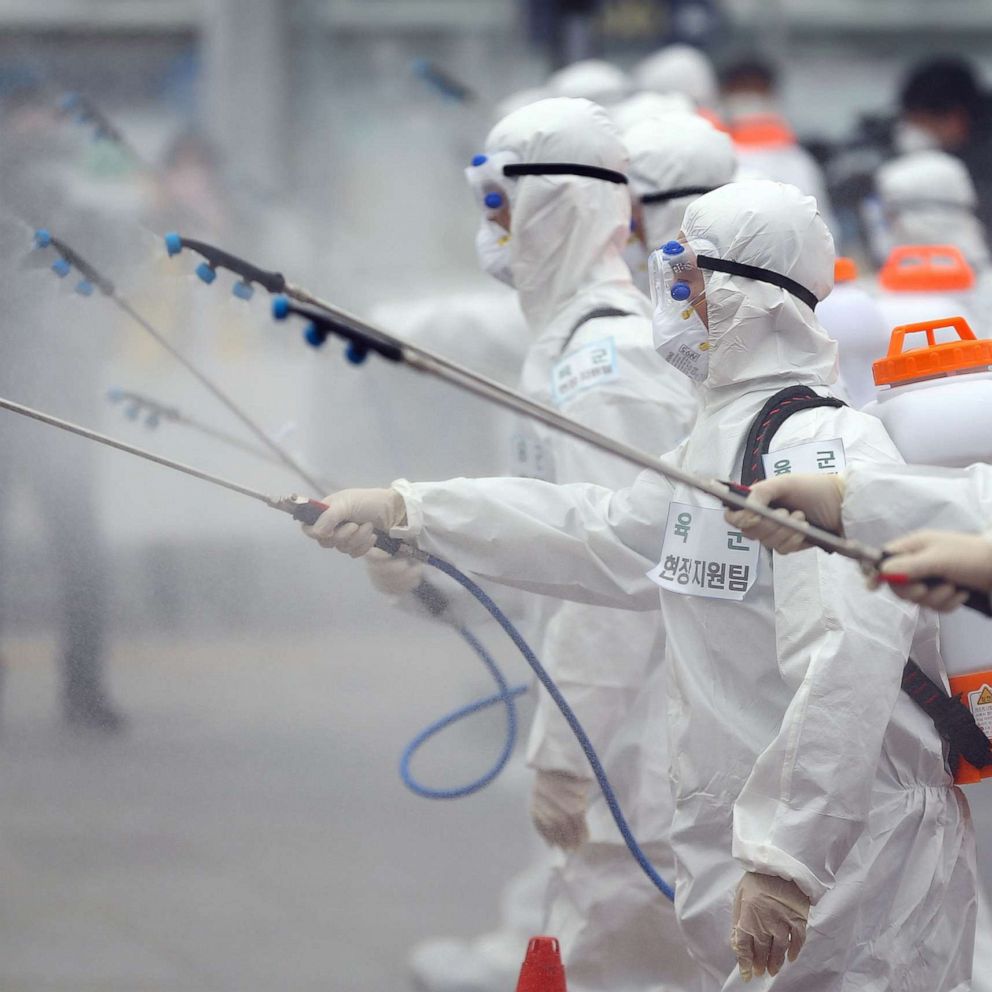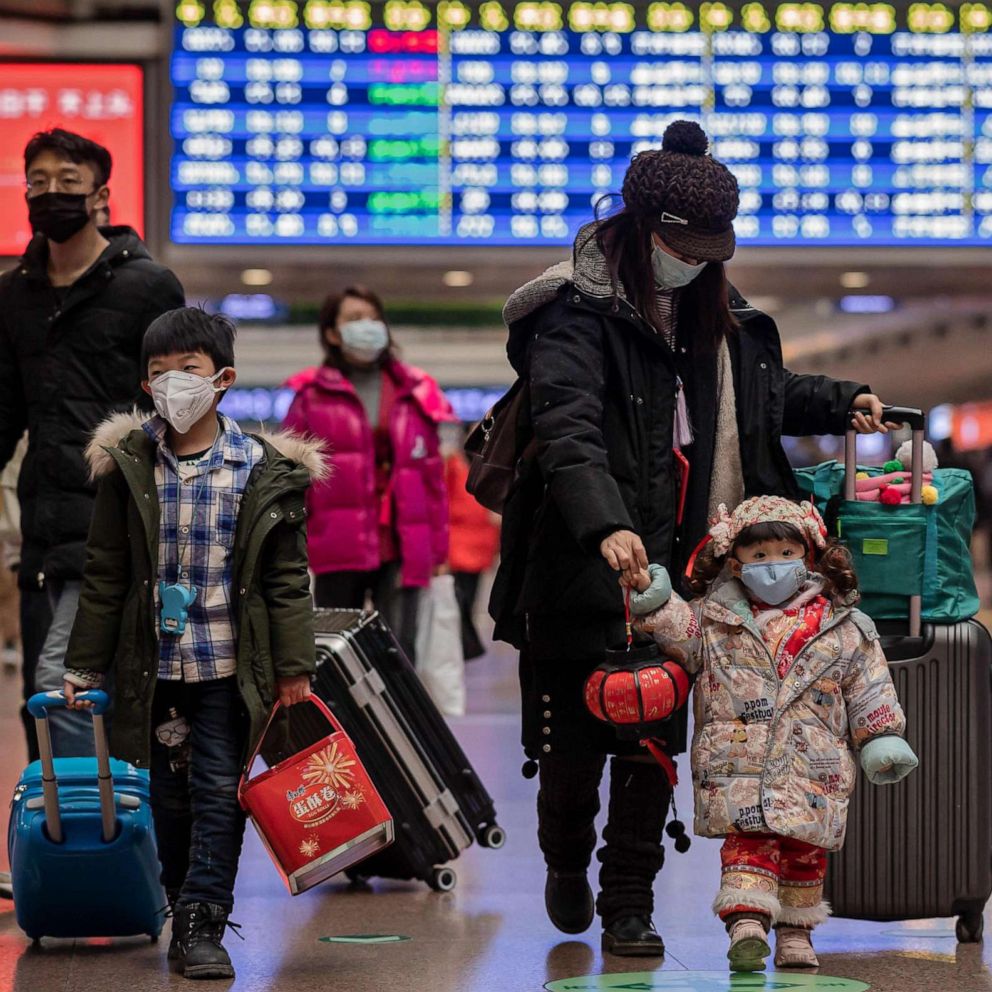What to know about traveling to the US at this stage of the pandemic
Brazil has now been added to the COVID-19 travel ban list.
The Trump administration this week issued new limits on travelers coming to the U.S. from Brazil in the latest rollout of flight restrictions intended to stem the spread of COVID-19.
Brazil became the first Latin American country named in a series of COVID-19 proclamations President Donald Trump has signed since the end of January which block travel of non-citizens coming to the U.S. The list of restricted countries also includes mainland China, Iran, Ireland, the United Kingdom and Europe’s 26-country Schengen region.
Most foreign nationals who have traveled through the restricted countries within 14 days are barred from entry to the U.S. Exceptions outlined in the presidential proclamations include U.S. citizens and green card holders as well as their spouses, parents and minor children.

Permitted travelers coming from the 31 restricted countries are funneled through 15 U.S. international airports. Customs and Border Protection agents at these airports direct potentially infected passengers to Homeland Security medical screeners or Centers for Disease Control and Prevention personnel based on travel history, interview questions and visual assessments during primary inspection.
“Specific procedures may vary by location based on operational needs, the flow of passengers, and whether health screening occurs before travelers reach CBP primary inspection,” a CBP spokesperson said in a statement to ABC.
The overall number of airline passengers plummeted as restrictions expanded, airlines scaled back operations and social distancing became the norm. Fewer than a quarter million passengers arrived at U.S. airports from abroad in April compared to more than 11 million in April last year, according to CBP.
Foreign nationals from any country who need new or renewed visas are further restricted from entering the U.S. since the State Department suspended visa processing in March.
Tune into ABC at 1 p.m. ET and ABC News Live at 4 p.m. ET every weekday for special coverage of the novel coronavirus with the full ABC News team, including the latest news, context and analysis.
Before the coronavirus, the Trump administration increased scrutiny of visa applications with changes to the Foreign Affairs Manual used to review visa applications. Changes to this manual laid the groundwork for the administration’s further implementation of immigrant wealth tests known as “public charge” vetting.
Other restrictions targeting non-essential legal travel are currently in place along the northern and southern borders. These are set to expire on June 23, 2020, although the administration could move to extend them further in coordination with Canadian and Mexican officials.
Authorized border crossers are subjected to the same customs inspection at all U.S. ports of entry which can include a referral to CDC personnel for further screening, according to CBP.

One CBP official said CDC personnel are not present at every port of entry. At those ports where they are not present, the official said, CBP sends flagged travelers to local health officials.
Homeland Security officials, including acting Secretary Chad Wolf, have made a point to note that commercial supply lines, including cross-border trucking, are exempt from these restrictions.
“We’re able to limit the non-essential travel of individuals coming and going that don’t have an essential purpose while still making sure that we keep the supply chain strong, robust, secure and flowing,” Wolf said during a discussion with the U.S. Chamber of Commerce earlier this month.
ABC News’ Conor Finnegan contributed reporting.
What to know about coronavirus:
- How it started and how to protect yourself: coronavirus explained
- What to do if you have symptoms: coronavirus symptoms
- Tracking the spread in the US and Worldwide: coronavirus map







